Cleaning hospitals jobs in 2025
Table of contents
- Why hospital cleaning jobs matter in 2025
- Hospital cleaning job titles you can apply for now (21 roles)
- Pay & outlook (US, UK, Canada)
- Day-to-day: what you’ll actually do
- Must-have skills & certifications
- How to get hired fast (step-by-step)
- Resume & cover-letter templates (copy/paste)
- Interview questions (and smart sample answers)
- Career ladder: where these jobs can take you
- Health, safety & compliance you must know
- FAQs
1) Why hospital cleaning jobs matter in 2025
Cleaning hospitals jobs in 2025
Hospital cleaning sits at the heart of patient safety. The work is more than mopping floors—it’s reducing infection risk, protecting fragile patients, supporting nurses, and keeping the entire facility compliant with strict regulations. Authoritative guidance emphasizes consistent protocols for high-touch surfaces, clear responsibilities for shared equipment, and terminal cleaning practices after patient discharge—all critical to safe care. (CDC)
Infection prevention teams rely on well-trained Environmental Services (EVS) staff, and professional organizations have launched staffing and resource tools to support safe coverage—another signal that the field is professionalized and valued. (APIC)
2) 21 cleaning hospital jobs in 2025 (titles, duties & where they fit)
Cleaning hospitals jobs in 2025
Below are the most common roles (titles vary by country and hospital). Use these as search terms when applying:
- Environmental Services (EVS) Technician / Associate
Frontline room and corridor cleaning, trash/linen handling, routine disinfection, and terminal cleaning under written protocols. - Housekeeping Aide (Hospital)
Similar to EVS Tech; often focused on patient rooms, restrooms, and public areas; may assist with turn-around between admissions. - Janitor—Healthcare
Facility-wide cleaning and support, including non-clinical areas; may include light maintenance. - Operating Room (OR) Turnover Tech
Fast, precise cleaning between surgical cases; strict adherence to sterile field boundaries; collaboration with OR teams. - Isolation Room Cleaning Specialist
Enhanced PPE use; follows special entry/exit and waste procedures for rooms housing infectious patients. - Floor Care Specialist (Hospital)
Machine scrubbing, burnishing, stripping/waxing where appropriate; slip-risk reduction in high-traffic areas. - Microfiber/Linen & Waste Tech
Sorting, bagging, transport of clean/soiled linens and regulated medical waste within policy. - Disinfection Tech (UV/HPV Systems)
Operates no-touch disinfection systems (e.g., UV-C). Trains staff on room prep and safety interlocks. - Patient Transport & EVS Hybrid
Cross-trained to support bed moves and quick room availability. - Emergency Department (ED) EVS Tech
Rapid response to high-acuity spills, faster room turnover, coordination with clinical teams. - ICU EVS Tech
Extra attention to equipment surfaces (monitors, poles); coordination with nursing for noncritical device cleaning responsibilities. (CDC) - Ambulatory Clinic Cleaner
Supports outpatient procedure rooms, waiting areas, and exam rooms; balances clinic flow with cleaning frequency. - EVS Team Leader / Lead Housekeeper
Assigns zones, audits rooms, trains staff, and ensures documentation. - EVS Supervisor
Schedules, quality audits, chemical inventory, and incident investigations; interface with infection prevention. - EVS Manager
Budgeting, KPIs (HCAHPS/cleanliness), vendor relationships, and safety program oversight. - Infection Prevention Liaison (EVS)
Coordinates EVS practices with infection prevention (IP); implements new protocols and competencies. (APIC) - Waste Stream & Sustainability Coordinator
Manages regulated medical waste, recycling, and compliance labeling. - Specialty Care Area Cleaner (Oncology/Transplant)
Stringent protocols to protect immunocompromised patients; extra attention to dust control. - Terminal Cleaning Specialist
Performs comprehensive discharge cleaning across multiple units. - EVS Educator/Trainer
Onboards staff; teaches chemical safety, dwell times, and PPE. - Quality Assurance (QA) Auditor—EVS
Conducts ATP/fluorescent gel audits, documentation, and coaching.
Don’t worry if your hospital uses different names—recruiters recognize your skillset when you match duties to the job description.
3) Pay & outlook in 2025 (US, UK, Canada)
Cleaning hospitals jobs in 2025
United States
- Building & grounds cleaning occupations (which include hospital EVS) reported a median annual wage of ~\$36,790 (May 2024) according to the U.S. Bureau of Labor Statistics (BLS). Healthcare settings often pay a premium within this group, especially for off-shifts and specialized areas. (Bureau of Labor Statistics)
- BLS occupational wage releases in 2024 placed janitors and cleaners at around \$37,460 annual mean—a useful reference point when negotiating. Locality and union contracts can push wages higher. (Bureau of Labor Statistics)
Tip: Ask HR how the hospital differentiates OR, ICU, and ED cleaning rates or shift differentials—these can materially boost pay.
United Kingdom (NHS)
- In the NHS, Domestic Support/Housekeeping roles are typically Band 2 on the Agenda for Change pay scale. For 2025/26, Band 2 is listed at £24,465 (before any High-Cost Area Supplements for London/SE), and Band 3 starts at £24,937 with progression to £26,598—relevant for team leaders or specialized support. Always check your trust’s HCAS for a higher local figure. (NHS Employers, healthcareers.nhs.uk)
Canada
- Statistics Canada/Job Bank data for Light-duty cleaners (NOC 65310) show national median wages around \$18.90/hour (updated Dec 3, 2024; reference period 2022–2023), with typical ranges \$15.00–\$24.00/hour nationally. Major metros like Toronto and Windsor show higher “high” wages approaching or exceeding \$24–\$25/hour. Hospital roles and unionized positions may pay at the upper end. (Job Bank)
Outlook snapshot: Healthcare facilities continue to expand environmental hygiene programs, and professional bodies have launched staffing calculators and tools to ensure adequate coverage—signals of sustained demand for trained cleaners. (APIC, AHE)
4) What you’ll actually do (day-to-day duties)
Cleaning hospitals jobs in 2025
- Routine room cleaning: dusting, damp wiping, floor care, replenishing supplies, handling trash and linens.
- High-touch surface disinfection: bed rails, nurse call buttons, doorknobs, light switches, IV poles, monitors, and other frequently touched items—performed at validated frequencies. (CDC)
- Terminal cleaning after discharge: clean low-touch before high-touch; patient area before patient toilet; move methodically from clean to dirty areas. Document your steps. (CDC)
- Shared equipment & noncritical devices: follow local protocols clarifying whether EVS or clinical staff cleans devices like workstations-on-wheels, scanners, and monitors. (CDC)
- Spill response & biohazards: use PPE and follow OSHA bloodborne pathogen procedures in U.S. facilities; similar controls exist via trust policies in the UK and provincial standards in Canada. (osha.gov, ecfr.gov)
5) Must-have skills & certifications (and where to learn them)
Cleaning hospitals jobs in 2025
Core skills
- Reading and following written schedules for cleaning and decontamination by area and surface type. (osha.gov)
- PPE use and safe chemical handling (label reading, dilution, dwell time).
- Communication with nursing and infection prevention teams.
- Time management for fast turnover (ED/OR/ICU).
- Documentation and quality checks (e.g., ATP/fluorescent gel audits).
Helpful credentials & training (choose what’s available in your country):
- U.S.: Bloodborne Pathogens training under OSHA 29 CFR 1910.1030, exposure control plans, and hazard communication. (osha.gov)
- UK: NHS trust mandatory training (infection prevention, COSHH, manual handling).
- Canada: Provincial health authority onboarding (WHMIS, IPAC basics).
- EVS/cleaning industry programs offered by respected bodies can strengthen your application; hospitals value verified competencies and documented training aligned to CDC/HICPAC principles. (CDC)
6) How to get hired fast: a practical plan
Cleaning hospitals jobs in 2025
Step 1: Target the right employers
Search “environmental services,” “housekeeping,” “domestic assistant,” or “EVS technician” on:
- US: hospital career pages, statewide hospital associations, and major job boards.
- UK: NHS Jobs, individual trust sites (filter by “Domestic/Facilities—Band 2/3”).
- Canada: Health authority job portals and Job Bank postings (NOC 65310).
Step 2: Stack quick wins
- Complete a bloodborne pathogens awareness course (U.S.) or local equivalent; add it to your resume. (osha.gov)
- Learn the basics of terminal cleaning and high-touch disinfection from CDC resources; include those keywords in your application. (CDC)
Step 3: Build a hospital-ready resume
Use measurable achievements (see the template below) and list chemicals/equipment you’ve used (auto-scrubbers, microfiber systems, UV devices).
Step 4: Apply widely and follow up
Hospitals hire continuously; many roles run on shifts. Put your phone number and voicemail in perfect working order.
Step 5: Prepare for the interview
Practice the scenario questions below—especially around spills, sharps safety, and cleaning order.
7) Copy/paste resume template for cleaning hospital jobs in 2025
Cleaning hospitals jobs in 2025
Name | City, State/Province | Phone | Email | LinkedIn
Professional Summary
Detail-oriented EVS/Housekeeping professional with 2+ years of healthcare cleaning experience, trained in terminal cleaning, high-touch disinfection, and OSHA/CDC-aligned protocols. Proven record improving room-turnaround times and audit scores while maintaining patient and staff safety.
Core Skills
Terminal cleaning • High-touch disinfection • PPE & BBP safety • Chemical mixing & dwell times • Floor care machines • Waste & linen handling • UV disinfection device prep • Documentation & audits • Customer service & teamwork
Experience
EVS Technician — ABC Medical Center (Month Year–Present)
- Completed 18–22 room turns/shift while meeting CDC-consistent cleaning sequence and documentation standards. (CDC)
- Maintained 95%+ room-audit pass rate using ATP/gel checks; coached peers on touchpoint coverage.
- Supported ICU and ED with rapid spill response, applying OSHA bloodborne pathogen precautions and hospital PPE policy. (osha.gov)
Housekeeping Attendant — XYZ Senior Care (Month Year–Month Year)
- Implemented microfiber program; reduced chemical consumption 12% while improving surface coverage.
- Trained on safe floor care machine use and slip prevention.
Education & Training
- Bloodborne Pathogens (Exposure Control & PPE) — Current. (osha.gov)
- Infection Prevention Basics for EVS (Hospital training or online module).
- WHMIS/COSHH (as applicable).
References
Available on request.
8) Cover letter paragraph you can adapt
Cleaning hospitals jobs in 2025
Dear Hiring Manager,
I’m excited to apply for the EVS Technician role at [Hospital Name]. In my current position, I complete up to 20 room turnovers per shift, following CDC-consistent sequences for terminal cleaning and high-touch surfaces. I’m trained under bloodborne pathogen precautions and comfortable with PPE, spill response, and documentation. I would love to bring my reliability, teamwork, and patient-first mindset to your EVS team.
9) Interview questions & smart sample answers
Q: How do you handle a room-turnover after an infectious patient discharge?
A: “I confirm isolation signage and required PPE, gather supplies, and follow the written sequence: clean to dirty, low-touch before high-touch, patient zone before bathroom. I observe dwell times for the approved disinfectant, bag waste and linens properly, and document completion.” (CDC)
Q: Who cleans noncritical shared equipment like monitors or barcode scanners?
A: “I follow the hospital’s responsibility matrix. Some items are EVS, some are clinical. If it’s assigned to EVS, I clean per protocol; if not, I alert nursing to ensure it’s addressed.” (CDC)
Q: What’s your approach to sharps or blood spills?
A: “I secure the area, don the correct PPE, use spill kits, and follow exposure control procedures. I never pick up sharps by hand and always use mechanical means or call appropriate staff if needed.” (osha.gov)
10) Career ladder: where these roles can take you
Cleaning hospitals jobs in 2025
- Lead/Team Leader → Supervisor → Manager: More scheduling, training, audits, and budgets.
- Specialist tracks: OR turnover, isolation, floor care, UV disinfection tech.
- Infection Prevention pathway: Some EVS pros move into IP coordinator roles or liaison positions as they deepen knowledge. Hospitals and professional bodies recognize the importance of environmental cleaning within infection control programs. (APIC)
11) Health, safety & compliance essentials
U.S. OSHA Bloodborne Pathogens (29 CFR 1910.1030)
Hospitals must provide exposure control plans, training, PPE, and safe handling of contaminated laundry and waste; they must also supply, clean, and replace PPE at no cost to the employee. Understanding these protections helps you stay safe and advocate for proper resources. (osha.gov, ecfr.gov)
CDC environmental cleaning guidance
CDC/HICPAC materials emphasize standardized protocols, clear role assignment for equipment cleaning, and prioritized high-touch surface disinfection to reduce transmission. Their step-by-step terminal cleaning procedures are widely referenced for training. (CDC)
NHS Agenda for Change (UK)
NHS Band 2/3 roles outline pay, progression, and benefits. Trusts also provide mandatory infection prevention training and PPE—review each vacancy for local supplements. (NHS Employers)
Canada: Job Bank & provincial health authorities
Use Job Bank wage and outlook data to gauge pay and identify unionized postings that often include benefits and progression. (Job Bank)
12) Tools, chemicals & equipment you’ll see (and what interviewers expect you to know)
Cleaning hospitals jobs in 2025
- Disinfectants: Know dilution, contact (dwell) time, compatibility, and wipe vs. spray protocols.
- Microfiber systems: Correct color-coding, folding method, and single-direction wiping technique for coverage.
- No-touch systems: UV-C units or hydrogen peroxide vapor devices require specific safety and room-prep steps—often operated by specialized EVS staff.
- Floor care: Auto-scrubbers, burnishers, and neutral cleaners in clinical hallways; slip prevention is critical around nurses’ stations and unit entries.
- Auditing: ATP or fluorescent gel to verify coverage; supervisors often use these to coach for improvement.
Pro tip: Many hospitals use staffing calculators and productivity benchmarks to plan EVS coverage by square footage and room type. Understanding why your assignment looks the way it does (time studies, throughput, safety) helps you advocate for realistic workloads. (AHE, Infection Control Today, HFM Magazine)
13) SEO-friendly media ideas (with on-page best practices)
Cleaning hospitals jobs in 2025
- Suggested hero image alt text: “EVS technician performing terminal cleaning of a hospital patient room in 2025, wiping high-touch bed rails.”
- In-article image alt text: “Hospital housekeeping aide using microfiber on ICU workstation on wheels.”
- Internal links to add:
- Your guide to healthcare interview questions
- Your explainer on PPE basics
- Your page on entry-level healthcare jobs
- External links (authoritative): CDC cleaning procedures, OSHA Bloodborne Pathogens page, NHS pay bands, Job Bank wages. (CDC, osha.gov, NHS Employers, Job Bank)
14) Sample job ad keywords (to paste into your search)
- “Environmental Services Tech (hospital)”
- “Hospital Housekeeping Aide”
- “Domestic Assistant NHS Band 2”
- “Light Duty Cleaner – Healthcare (NOC 65310)”
- “EVS Supervisor / Manager – Acute Care”
- “OR Turnover Technician / Surgical Suite Cleaning”
15) Common challenges—and how to handle them like a pro
Cleaning hospitals jobs in 2025
Challenge: Very tight room-turnaround times
How to win: Stage supplies, follow the clean-to-dirty sequence without skipping dwell times; use checklists and call for help early when needed. (CDC)
Challenge: Confusion over who cleans which devices
How to win: Refer to the hospital’s responsibility matrix and CDC’s guidance that stresses clearly defined responsibilities. Document and escalate gaps to your supervisor. (CDC)
Challenge: Biohazard spills and sharps safety
How to win: Follow your exposure control plan, PPE rules, and spill procedures; never pick up sharps by hand. Report exposures immediately. (osha.gov)
16) Quick apply checklist (print this)
- [ ] Resume includes terminal cleaning, high-touch disinfection, PPE, and spill response
- [ ] Listed any OSHA/WHMIS/COSHH or hospital IP training
- [ ] Two references from healthcare or similar regulated environment
- [ ] Availability for nights/weekends (often a plus)
- [ ] Proof of vaccinations or willingness to comply with hospital policies
- [ ] Comfortable with background checks & health screening
17) Local application tips (US, UK, Canada)
Cleaning hospitals jobs in 2025
United States
- Search by hospital/health system first—many hire EVS directly. If outsourced (e.g., facilities services company), apply through the vendor and note the client hospital name.
- Ask about shift differentials and specialty area pay (OR/ICU). Use BLS data as a baseline for negotiation. (Bureau of Labor Statistics)
United Kingdom
- Filter NHS Jobs by Band 2/3 and Domestic/Facilities. Check if the role includes HCAS (London/SE). Pay scales are published annually—reference them confidently. (NHS Employers)
Canada
- Use Job Bank to compare provincial wages for NOC 65310 and look for postings at health authorities (often unionized). Urban centers may pay more. (Job Bank)
18) Example KPIs you can mention in interviews
Cleaning hospitals jobs in 2025
- Room-turnaround time (e.g., “average 18 minutes for standard discharge”)
- Audit pass rate (ATP/gel)
- HCAHPS cleanliness comments (US) or patient-experience metrics (UK/Canada)
- Compliance with PPE and incident-free days
- Completion of mandatory trainings on schedule
19) Mistakes that cost people the job (avoid these)
Cleaning hospitals jobs in 2025
- Skipping dwell times for disinfectants—no shortcut here.
- Cleaning from dirty to clean (reverse order) during terminal cleaning. (CDC)
- Improper bagging/labeling of soiled linens or regulated waste (US: OSHA requirements apply). (osha.gov)
- Not clarifying equipment responsibility—monitors, scanners, and carts often have specific owners. (CDC)
20) On-page SEO notes (for publishers & bloggers)
Cleaning hospitals jobs in 2025
- Keep primary keyword density around ~1% for “cleaning hospital jobs in 2025.”
- Use related terms naturally: EVS, housekeeping, domestic assistant, janitor (hospital), terminal cleaning, high-touch disinfection.
- Add schema (see below) and compress images; provide descriptive alt text tied to the topic.
- Include internal links to job-search and resume resources; use external authority links (CDC, OSHA, NHS, Job Bank) for credibility. (CDC, osha.gov, NHS Employers, Job Bank)
21) Frequently asked questions (with concise answers)
Cleaning hospitals jobs in 2025
Q1: Do I need prior hospital experience?
A: Not always. Many hospitals hire entry-level EVS staff and train them. Showing OSHA/WHMIS/COSHH awareness and CDC-consistent cleaning basics helps you stand out. (osha.gov, CDC)
Q2: Is hospital cleaning risky?
A: There’s exposure potential, but risk is managed through PPE, training, exposure control plans, and safe procedures mandated by regulations and hospital policy. (osha.gov)
Q3: What’s the difference between routine and terminal cleaning?
A: Routine cleaning is daily/regular. Terminal cleaning is a thorough, sequenced clean after patient discharge: clean-to-dirty, low-touch before high-touch, patient area before bathroom, with proper dwell times and documentation. (CDC)
Q4: Who cleans shared equipment?
A: It depends on the hospital’s responsibility matrix; CDC recommends clearly defined responsibilities so nothing gets missed. (CDC)
Q5: What’s the pay like?
A: US national medians are in the mid-\$30Ks; UK NHS Band 2 shows ~£24.5k, and Canadian medians are ~\$18.90/hour (ranges vary). Specialty units and off-shifts often pay more. (Bureau of Labor Statistics, NHS Employers, Job Bank)
Bonus: JSON-LD JobPosting schema (paste in your page)
Final thoughts
If you want work that’s steady, respected, and meaningful, cleaning hospital jobs in 2025 deliver. You won’t just clean—you’ll help protect patients, support clinical teams, and keep a modern hospital moving safely.
Next steps (pick one):
- Apply today using the resume above.
- Complete a short bloodborne pathogens / PPE module and add it to your CV. (osha.gov)
- Bookmark the CDC cleaning sequence and practice describing it in your interview. (CDC)
References (authoritative)
- U.S. Bureau of Labor Statistics – Building & Grounds Cleaning wages; occupational wage releases. (Bureau of Labor Statistics)
- CDC – Environmental cleaning procedures; responsibilities for surfaces and equipment; cleaning frequency guidance. (CDC)
- NHS Employers/Health Careers – Agenda for Change 2025/26 pay scales; Band 2/3 examples. (NHS Employers, healthcareers.nhs.uk)
- Job Bank Canada – Light-duty cleaners (NOC 65310) wages (national and city-level). (Job Bank)
- OSHA – Bloodborne Pathogens Standard & housekeeping requirements; exposure control plans; contaminated laundry handling. (osha.gov)
- APIC/AHE – Staffing calculators and EVS resources (evidence of professionalized staffing and training). (APIC, AHE)


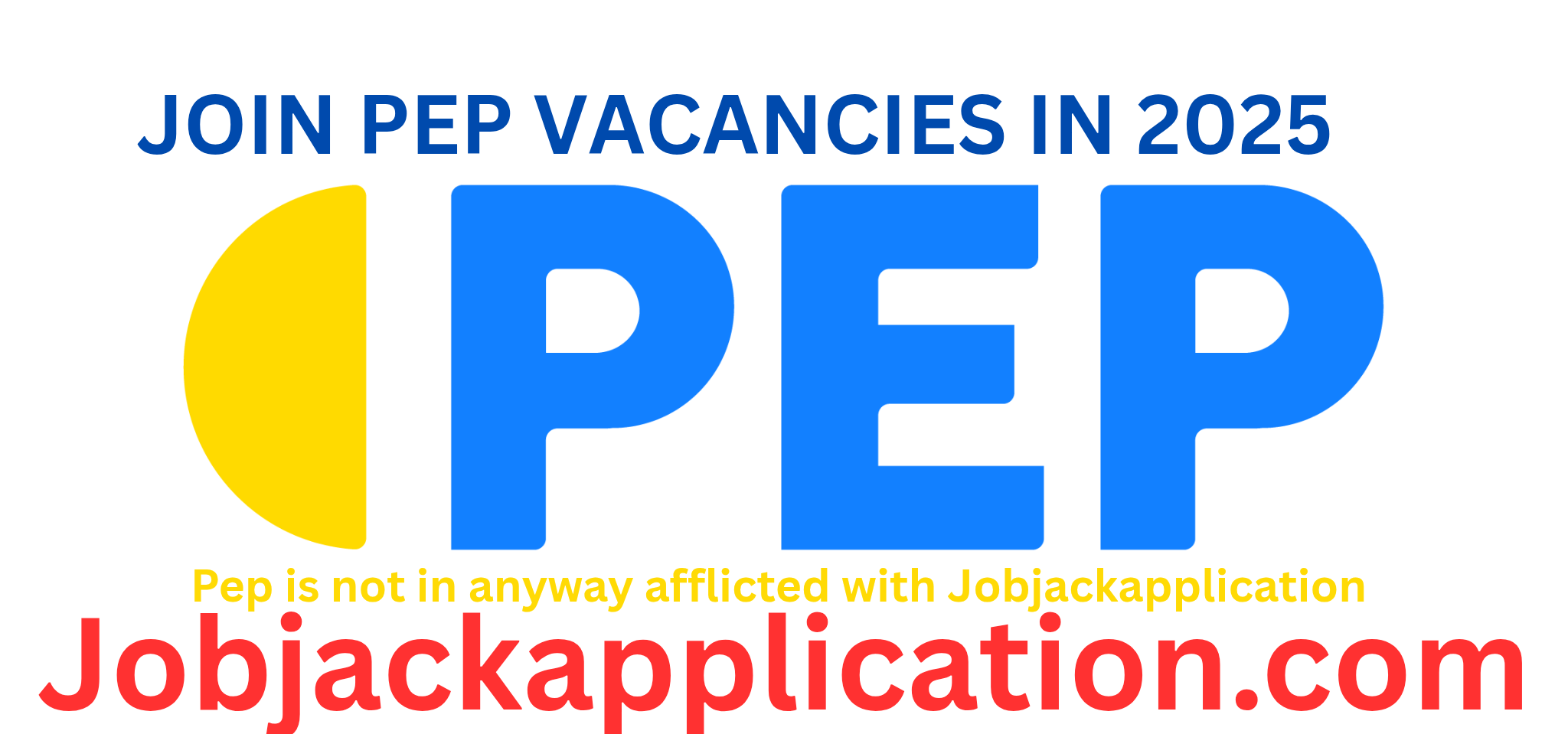


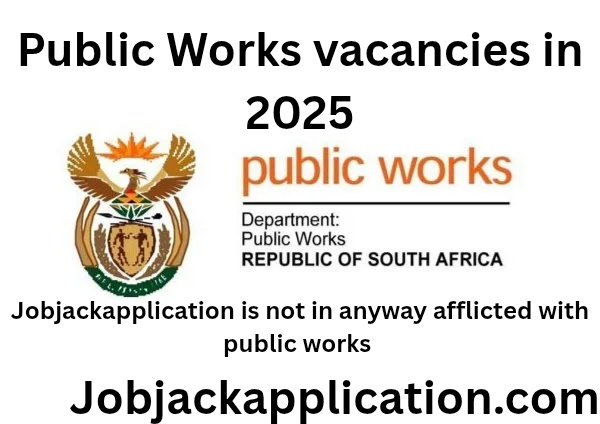

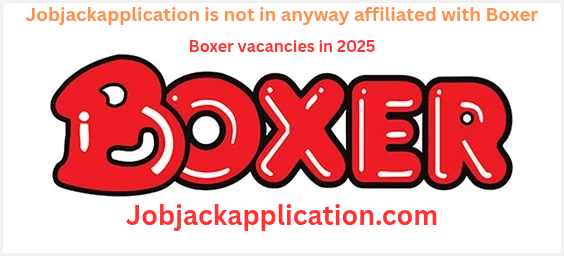
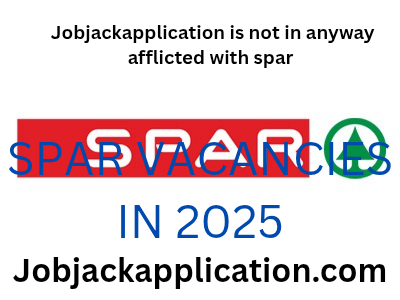
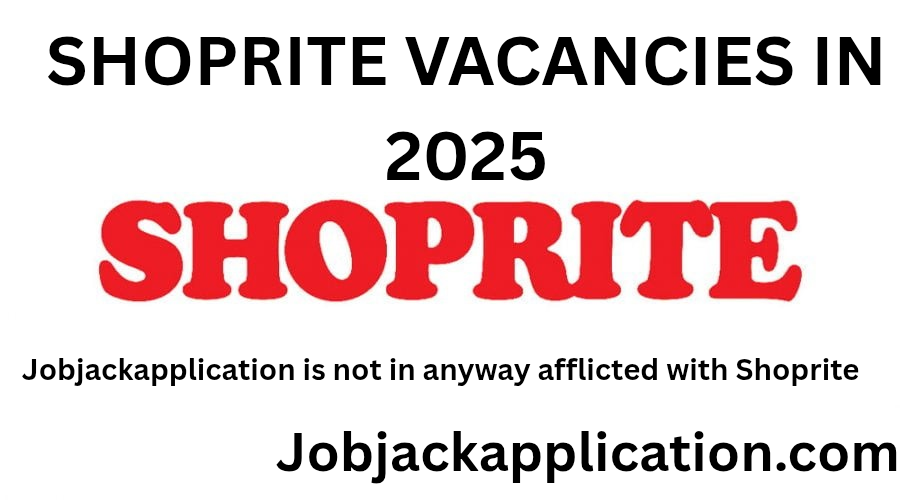
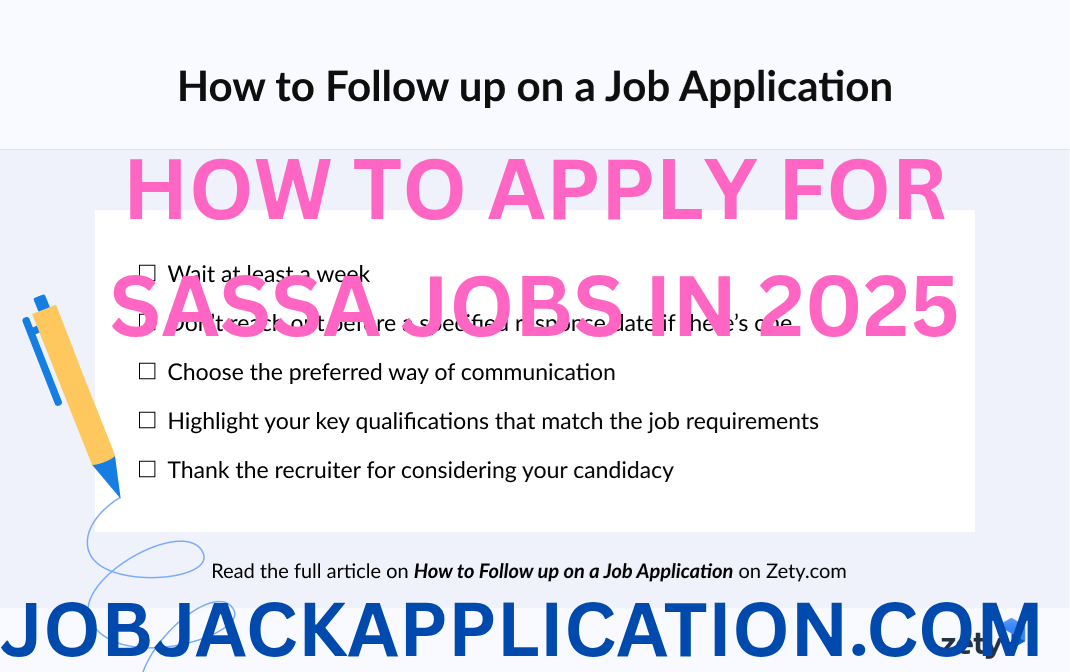



Leave a Reply